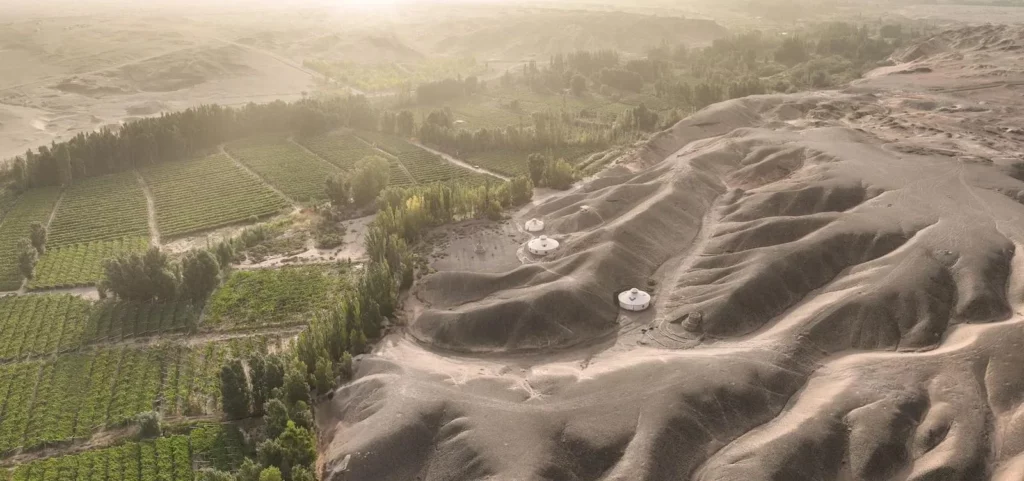
Why China’s ‘Great Green Wall’ Might Not Be The Ecological Victory It Seams—A Biologist Explains
As China’s Great Green Wall project approaches its 50th anniversary, it is essential to examine the results of this massive afforestation effort. At first glance, the project appears to be a resounding success: over 30 million hectares of land have been covered in vegetation, and forest cover has expanded from about 10% to over 25% of China’s area since 1949. However, beneath the surface, several issues arise that undermine the ecological efficacy of this endeavor.
One major concern is the poor survival rate of introduced tree species. Research reveals that only around 10% of trees planted on sandy land in China more than 40 years ago are still alive today. This is largely due to the introduction of fast-growing poplars and pines, which lack deep roots and require significant water inputs. The consequences extend beyond wasted effort; these monoculture plantations often support low biodiversity and are more susceptible to collapse under climate stress.
Furthermore, large-scale afforestation in arid zones has an unintended consequence: increased water consumption. Trees require much more water than grasses or shrubs, leading to substantial declines in groundwater levels in some areas of Southwest China. In fact, a study published in Scientific Reports suggests that afforestation efforts could account for as much as 10% of the annual water supply available in these regions.
Despite these setbacks, it is essential to acknowledge that the Great Green Wall has not been entirely ineffective. The Chinese government has made significant strides by shifting its focus towards protecting existing vegetation, particularly grasslands and native shrublands that are naturally more resilient to arid conditions. These ecosystems require less water and support higher biodiversity, making them a more sustainable long-term solution.
Additionally, the integration of renewable energy into the project’s strategy holds promise. Solar farms not only provide clean energy but also reduce wind speeds and soil evaporation, fostering favorable conditions for vegetation growth. In some instances, medicinal plants have been cultivated beneath the panels, enhancing soil health and offering supplementary income streams.
The key challenge lies in balancing ambition with ecological consideration. While strategic planting has successfully improved forest cover and stabilized dunes in areas such as Duolun County, pushing fast-growth species without hydrological planning risks undermining the very ecosystems the wall aims to protect. It appears that China’s afforestation campaign is more of a learning curve than an outright success.
The lessons learned from this project are crucial in light of our increasingly dire climate situation. The world is rushing to plant its way out of environmental crises, and China’s experiences offer valuable insights. Ultimately, the fragility of our relationship with nature serves as a stark reminder that ecological sustainability must be prioritized alongside economic growth.
Source: https://www.forbes.com/sites/scotttravers/2025/03/25/why-chinas-great-green-wall-might-not-be-the-ecological-victory-it-seems-a-biologist-explains/


